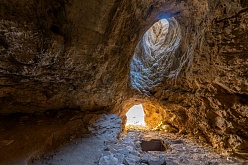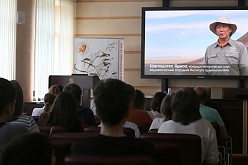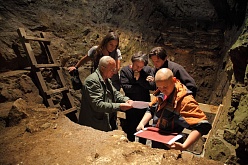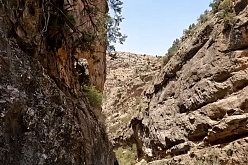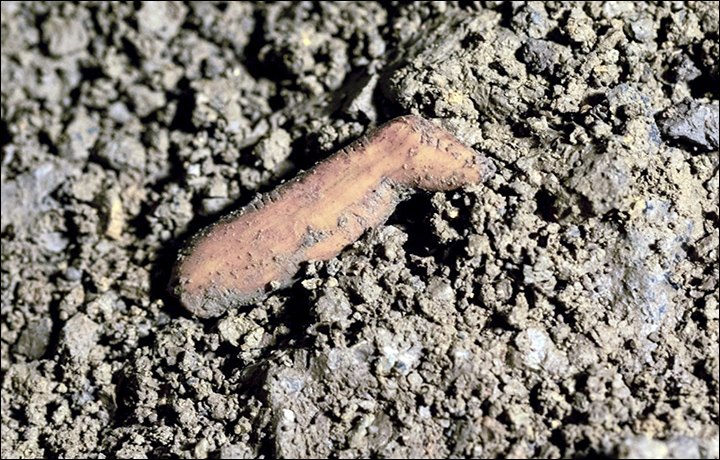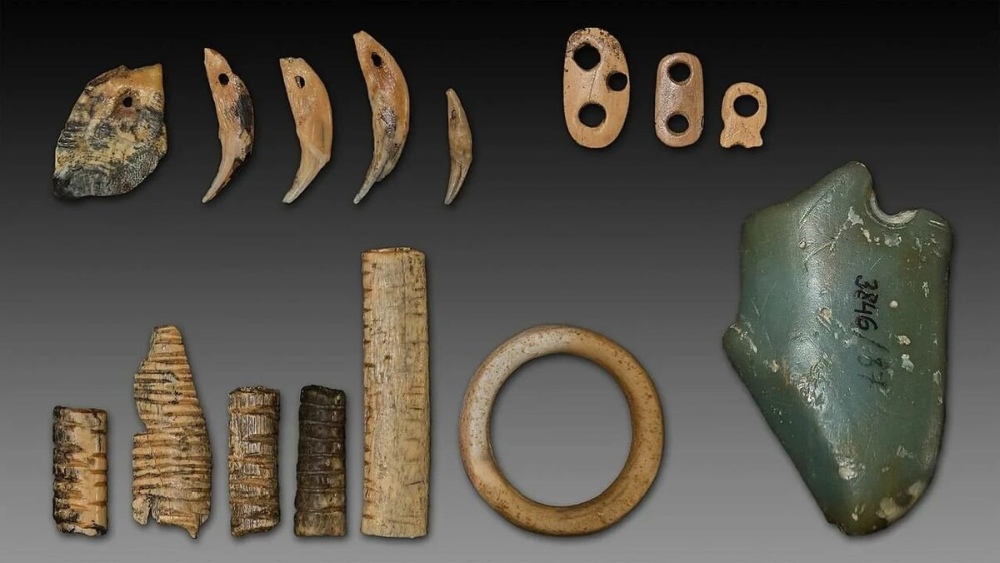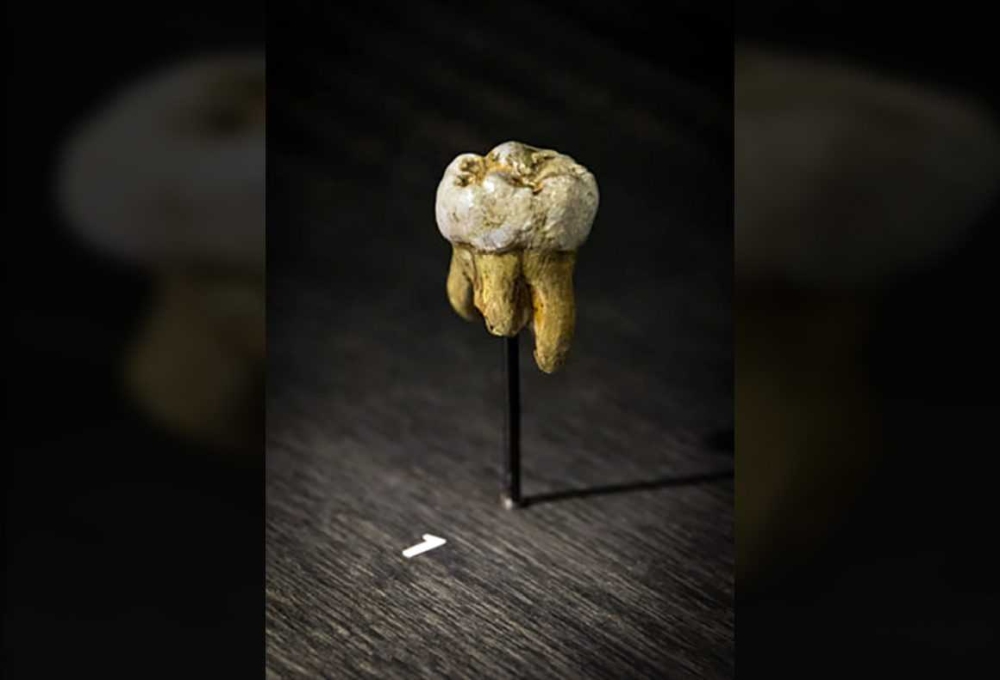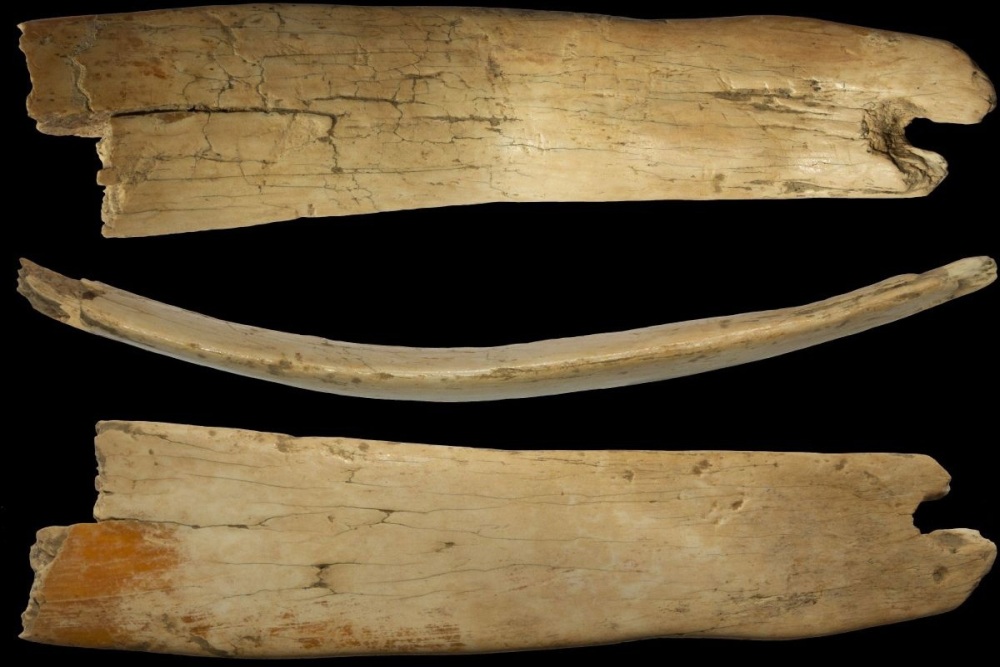Denisova Cave
- Description
- Links
- Video
Denisova Cave, located in the Altay Kray, is a karst cavity featuring a central hall and two branching galleries. Over its history spanning several hundred thousand years, the cave has formed thick layers of easily fragmented deposits. The site gained worldwide renown following the interpretation of DNA extracted from an excavated fragment of a girl's little finger phalanx. The genetic analysis revealed the existence of a previously unknown subspecies of ancient humans known as Denisovans. The opportunity to study this ancient DNA, preserved within bone remains that are up to 300 thousand years old, represents a significant scientific breakthrough on a global scale. In 2022, Svante Paabo, Biologist, Evolutionary Geneticist, was awarded the Nobel Prize in medicine for developing a pioneering method to handle ancient DNA. He used the specimens from Denisova Cave, among others. A further essential step forward included the study of a technique to isolate ancient DNA from deposits themselves with no visible bone remains.
Ongoing excavations that have been conducting for nearly 40 years by an expedition of the Institute of Archeology and Ethnography of the Siberian branch of the Russian Academy of Sciences have allowed to generate, using the Denisova Cave evidence, the fullest and longest record of human history of the Pleistocene, i.e. the period of 300 to 20 ka, in Central and North Asia. Bone needles with a drilled eye as well as sets of personal adornments and art pieces have been found in a layer formed about 50 ka. The finds confirm that, in this period, Altay faced the formation of an independent Upper Paleolithic culture being one of the earliest in Eurasia.
During the Middle Paleolithic (150 ka onwards), Neanderthals (the easternmost among those known in Eurasia) were the neighbors of Denisovans. The genetic analysis accurately revealed that Denisovans and Neanderthals could have common children. However, generally, Neanderthals had no significant cultural impact: Denisovans developed their own methods for tools and then non-utilitarian items, i.e. various adornments, production.
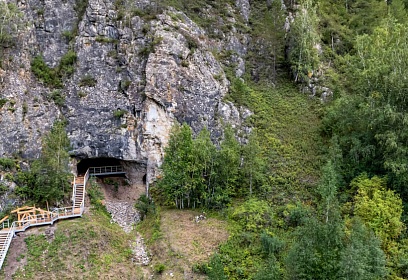
Location: Russia, Altay Kray, Soloneshenskiy District
The archeological studies began in:: Pleistocene layers 300 to 20 ka; layers of subsequent periods up to the late Middle Ages are present
Estimated layers age: Pleistocene layers 300 to 20 ka; layers of subsequent periods up to the late Middle Ages are present
Human species: Denisovans, Neanderthals, anatomically modern humans
Study history
The cave was first studied in 1977 by N.D. Ovodov, a specialist of the Institute of History, Philology, Philosophy of the Siberian branch of the Academy of Sciences of the USSR. At the end of 1980s, under the guide of Academician of RAS A.P. Derevianko and Corresponding Member of RAS M.V. Shunkov, a research center was created near the cave where scholar workshops and congresses are regularly held involving discipline experts from all over the globe. The cave studies are still ongoing; they are being conducted by the Institute of Archeology and Ethnography of the Siberian branch of the Russian Academy of Sciences. The cave excavation will probably take several more decades. From 2021, the work has been conducting to include the site into the list of UNESCO cultural heritage.
The most well-known finds are:
A fragment of a girl’s little finger phalanx which was used, for the first time, to identify previously unknown ancient human population known as Denisovans; an ancient Eurasian collection of various adornments and bone tools of Initial and Early Upper Paleolithic. The adornments include pendants made of local predators’ and ungulates’ teeth, and threaded rods and beads made of tubular bones. A mammoth tusk found by ancient artists was used to create diadems, bracelets, rings, and beads. Several adornments were made of semi-precious stones. Fascinating bead rings were made of ostrich eggshells, while others were made of mollusk shells. Denisovans who created the adornments from this collection must have had skills in various processing methods. The most intriguing fact is the presence of aesthetic and spiritual ideas which resulted in the Denisovans' need for decorating themselves and discovering beauty in the natural materials around them.
-
A Third Species: How Altay Cave Opened a New Ancient Human to the World. Project of the Russian Science Fund “Cultural Heritage Keepers”. 2023 (In Russ.)
-
Development of the Denisovan Culture in Altay. Newsletter of the Russian Fund for Fundamental Research. 2022 (In Russ.)
-
Bone Tools in Middle and Upper Paleolithic Assemblage from Denisova Cave: 2021 Evidence. Problems of Archeology, Ethnography, Anthropology of Siberia and Adjacent Territories. 2021 (In Russ.)
-
Upper Paleolithic Adornments from Southern Gallery of Denisova Cave: 2021 Collection. Problems of Archeology, Ethnography, Anthropology of Siberia and Adjacent Territories. 2021 (In Russ.)
-
Who Are Denisovans? Archeology, Ethnology, and Anthropology of Eurasia. 2020 (In Russ.)
-
Paleolithic Sculpture from Denisova Cave. Problems of Archeology, Ethnography, Anthropology of Siberia and Adjacent Territories. 2019 (In Russ.)
-
Initial Upper Paleolithic Bone Tools and Personal Adornments from Southern Gallery of Denisova Cave (2019 Collection). Problems of Archeology, Ethnography, Anthropology of Siberia and Adjacent Territories. 2019 (In Russ.)
-
Altay in the Center of Ancient Ecumene. First-Hand Science. 2018 (In Russ.)
-
A Denisovan and Neanderthal’s Daughter. First-Hand Science. 2018 (In Russ.)
-
The Human’s Family Tree Is Growing. First-Hand Science. 2012 (In Russ.)
-
Denisova Cave: Everything Changes but Nothing Disappears. First-Hand Science. 2010 (In Russ.)
-
Homo Altaica? First-Hand Science. 2010 (In Russ.)
-
Human Genealogy: Theories and Facts. First-Hand Science. 2010 (In Russ.)
-
Anuy Golden Section. First-Hand Science. 2005 (In Russ.)


